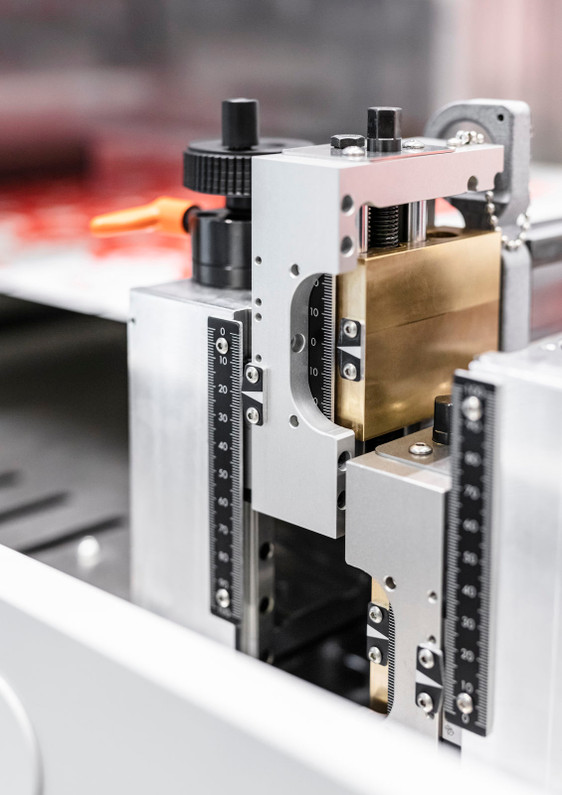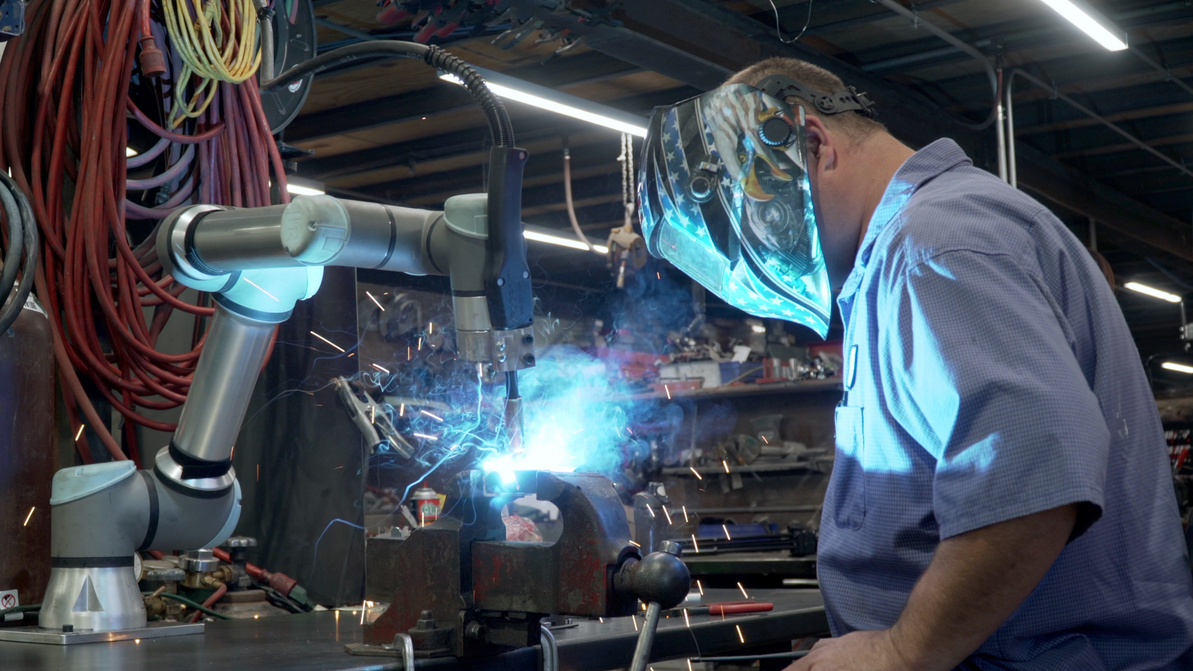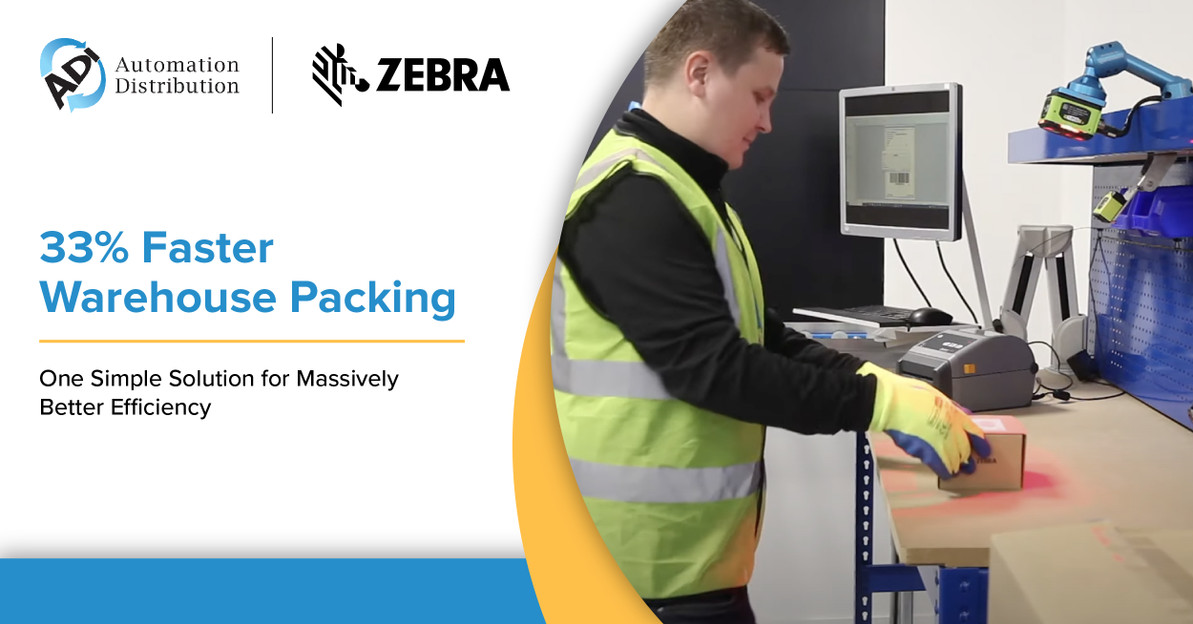When 30 Milliseconds Make All the Difference
You have to be willing to take a risk in order to stay on the cutting edge of technology. This happened at Berhalter Swiss Die-Cutting in Widnau, Switzerland: "We had been continuously expanding our machines and ultimately reached a plateau," explains Dalibor Schuman, managing director and member of the board of directors. Optimizations in design, processes, or materials could no longer offset rising prices. This signaled the beginning of the Swiss Die-Cutter B6's development.
The research addresses a number of issues, including if it is feasible to develop a machine with a 20–25% greater production while also reducing manufacturing costs. First analyses were depressing. As Schuman recounts, "it became clear that we required technology that the market wasn't currently supplying."
Stroke correction in real time
What then do you do when you are in need of something that is not present? The solution is obvious: find a partner with the necessary experience and portfolio to build such technology. According to Schuman, "For us, it became obvious that B&R would be the right partner" since they "provide everything from drives to HMI" and are "one of the few manufacturers able to accomplish the cycle speeds we needed."
It only takes a little arithmetic to see why cycle periods are crucial for raising the B6's production. The die-cutter would need to operate at 500 strokes per minute as opposed to the previous 400 in order to provide 25% more output than its predecessors. This means that each stroke must be finished in 120 milliseconds as opposed to 150.
30 milliseconds may not seem like much, but it may make a big difference. Unless you remember that Berhalter also wanted to incorporate real-time stroke correction as an extra innovation, that is. Older Berhalter machines used tendency control to correct strokes by making modifications based on measurements taken over a large number of strokes. On the other hand, the Swiss Die-Cutter B6 corrects the stroke rate while die-cutting by reading the rate in real time. The intelligent servo axes are the secret to this remarkable technical advance.
What, however, gives a servo axis intelligence? The reACTION Technology developed by B&R is the key in the case of the B6. With the help of FPGAs (Field Programmable Gate Arrays), intelligence is transferred from the control cabinet to the field, giving the user a huge amount of freedom. Paolo Salvagno, Managing Director of B&R Switzerland, explains that reACTION Technology may be deployed anywhere on a machine and enables reaction times of less than one microsecond without putting any strain on the PLC.
Digital motion control
The new system created by the Swiss machine maker has several improvements, including data processing directly in the actuators. Even additional technological advancements in the machine have helped to lower prices. For instance, the B6 maps movements digitally rather than manually to improve production. Schuman claims: "Our current machines use a mechanical lever mechanism as their primary propulsion. This was swapped out with a digital system in the B6."
Because there was nothing comparable on the market at the time, Berhalter created this ground-breaking solution internally utilizing B&R's mapp Technology. We could always revert to B&R once we reached our developmental ceiling, says Schuman. Access to a dedicated engineering contact throughout development was what, in his opinion, made the partnership so quick and effective. Because of this, Berhalter engineers were able to concentrate on their areas of specialization and develop the original concept for real-time stroke correction and the digital driving axes in less than two years.
Digital motion control refers to the use of electronic and computing technologies to control the movement of mechanical devices. It is commonly used in industrial and manufacturing settings to automate the motion of machines, robots, and other equipment.
Digital motion control systems typically consist of hardware and software components that work together to execute complex motion sequences. The hardware components include motors, sensors, and actuators, while the software components include algorithms for motion control and programming languages for creating motion sequences.
One of the advantages of digital motion control is the ability to achieve precise and repeatable movements with high accuracy and speed. This makes it ideal for applications where accuracy and speed are critical, such as in robotics and CNC machines.
Digital motion control has revolutionized the way machines and robots are designed and controlled, enabling manufacturers to increase productivity, reduce costs, and improve product quality. It has also enabled new applications in areas such as medical devices, aerospace, and transportation.
Have a project that requires custom tooling? Contact us for a free custom engineering consultation.
Sources: https://www.br-automation.com/en-us/news/blog/when-30-milliseconds-make-all-the-difference; ChatGPT
Recent Posts
-
Using Scan Tunnels to Track, Sort and Route Warehouse Packages
If you’re using conveyor lines to move products, packages and shipments through your warehouse, the …Apr 17th 2024 -
Embracing Collaboration: How Universal Robots Transformed DeAngelo Marine Exhaust
When the welding robots made their debut at DeAngelo Marine Exhaust, there was a mix of excitem …Apr 11th 2024 -
How to Speed Up Your Warehouse Packing by 33% with Machine Vision
Packing benches are some of the busiest areas of most warehouses, with thousands of items to pack i …Apr 4th 2024




